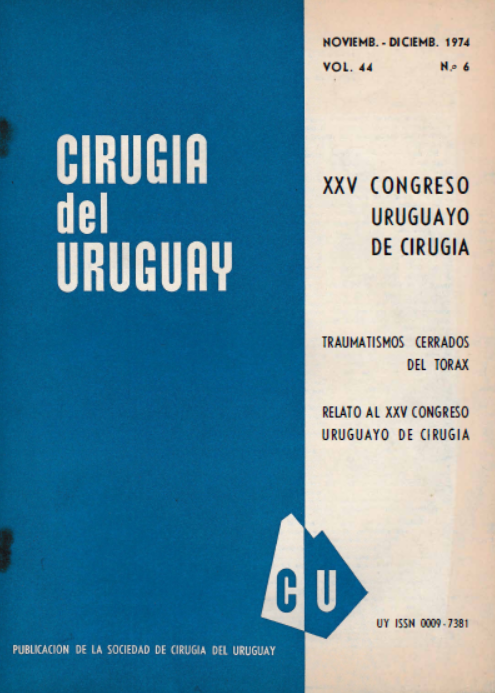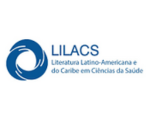Cardiorespiratory resuscitation
Keywords:
reanimation, traumatisms, toraxAbstract
Cardiorespiratory restoration in patients with serious thoraxical injury is based on two groups of measures. The first (to re-establish cardiorespiratory equilibrium) :
oro or naso-tracheal intubation, tracheo-bronchial aspiration, !.P.P. breathing, drainage of pneumothorax and evacuation of pleural hemorrhage. In the management
of cardiocirculatory recuperation mention is made of pericardiocentesis ( in cardiac obstruction) reposition of volemia and treatment for shock.
The practice of surgery is considered appropriate under these circumstances, but only ü it constitutes a step further in obtaining reaction. As a secondary measure (to maintain the cardiocirculatory and respiratory balance obtained) an approach can be made by artificial !.P.P. and surgical treatment of costal flail segment. The first is advisable when employed in treatment of a serious hypoxemia or respiratory difficulty due to lung injury. This is not the case when it is applied as the only means for the stabilization of a parietal flail segment.
Three cases are presented and discussed, each having been treat in a different manner. To summarize, good results are obtained by osteo-synthesis with steel thread plus traction; and for parietal stabilization a center medular wiring is considered the most effective treatment in cases of thoraxic injury.
Downloads
Metrics
Downloads
Published
How to Cite
Issue
Section
License
All articles, videos and images published in Revista Cirugía del Uruguay are under the Creative Commons CC licenses, which is a complement to the traditional copyright, in the following terms: first, the authorship of the referred document must always be acknowledged and secondly none of the article or work published in the journal may have commercial purposes of any nature. The authors retain their copyrights and give the magazine the right of first publication of their work, which will be simultaneously subject to the Creative Commons Attribution-NonCommercial 4.0 International License license that allows the work to be shared whenever the initial publication is indicated in this journal.


























